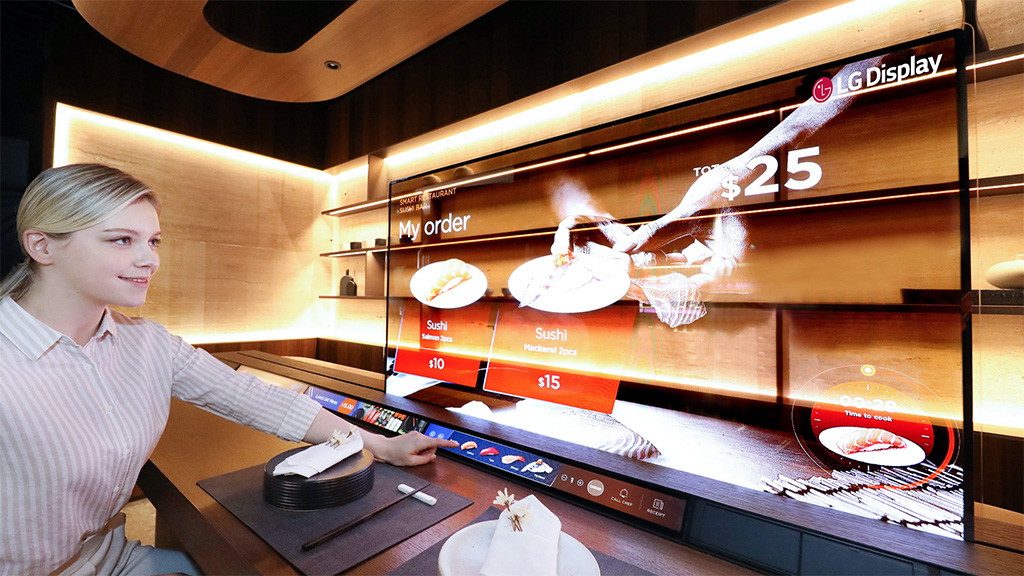Televisions on virtual show at CES are bigger and brighter than ever. Sales of larger screens are rising and they are being used for many things beyond watching television.
The annual CES convention that normally takes place in Las Vegas has moved online this year, or “all digital” as they say.
The consumer electronics showcase suggests that televisions will become bigger and brighter than ever, although that is difficult to judge online.
Sales of larger screens are increasing and will become more affordable. 15% of televisions in the United States were 60 inches or larger in 2020, up from 11% the previous year, as reported by NPD Group. Screens of 65 inches or larger made up 21% of sales in the United States in 2020 and that is expected to rise to 27% in 2021.
TCL has an 85-inch screen in its XL collection that will retail for $1,600. An 85-inch display delivers 70% more viewing area while being less than 18 inches wider than a 65-inch screen. TCL It is also planning to introduce a comparatively inexpensive 8K display with ROKU on board.
Just as 4K and 2K screens become more affordable and eventually the default, we can expect 8K to become more popular, using intelligent upscaling to provide improved quality from lower resolution sources.
Televisions are being promoted as aesthetically desirable objects that can become architectural features, which important if they are going to be so large.
Screens are also becoming brighter, with manufacturers competing to deliver more impressive images that make your eyes ache. After screen size, it seems that brightness is the most obvious differentiator of displays, particularly in daylight.
Self-illuminating Micro LED technology can offer high contrast and better brightness than organic light emitting diodes, which still offer the best image quality.

Alternatively, packing in in more LED backlights can increase brightness, improve local dimming, reduce blooming and widen viewing angles.
There was even a translucent OLED screen from LG Display that is 40% transparent. This futuristic proof of concept looks like something out of the movies, with potential applications well beyond watching them. They envisage anything from a pop-up screen at the end of the bed to screens in restaurants and autonomous vehicles.

Cameras may also be making a comeback in television, after largely disappearing due to privacy concerns. Where were they when we needed them for all those conference calls? Samsung is reintroducing them as an option, together with an app to support exercising at home, as well as video calls.
Gaming is increasingly driving display technology, with HDMI 2.1 connections supporting high frame rate, variable refresh rate, and automatic low latency mode.
Some screens also offer ultra-widescreen aspect ratios, such as 32×9, for a more immersive gaming experience.
Some offer support for streaming games. LG is expected to be the first television manufacturer to offer native support for Google Stadia, streaming 4K at 60 frames per second with surround sound, playable with no additional hardware required apart from a Stadia controller.
Google TV is the successor to Android TV and will be coming to televisions from companies including Sony and TCL.
NextGen TV, the marketing name for ATSC 3.0, is being supported by more televisions, including models from Samsung, LG and Sony. That said, it was hardly the story of CES. Those promoting the standard will have to work hard to persuade people of its importance.
